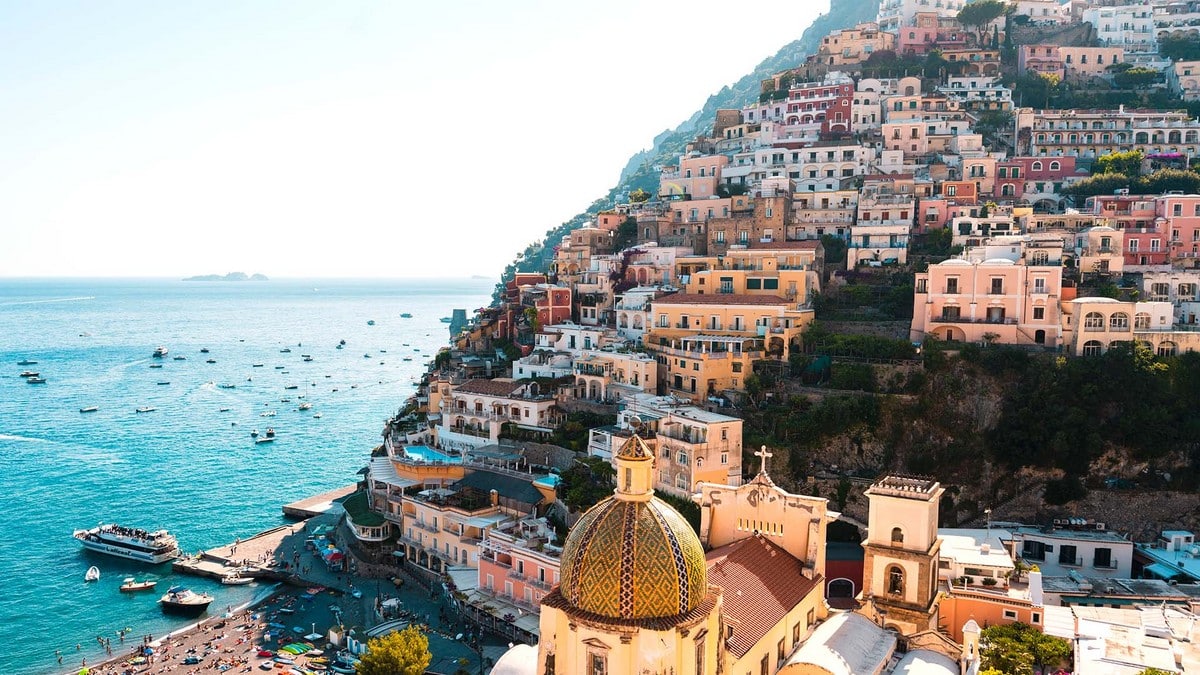The official name of the country of Italy is the Republic of Italy or the Italian Republic. Its capital Rome is its biggest city. It’s the 10th largest European country, with an area of 116,310 square miles. It has a population of around 60 million, making it the third most populous member of the European Union. The country is in the western and southern parts of Europe. It also shares borders with various countries, including Slovenia, Austria, Switzerland, and France. It’s the birthplace of many civilizations, such as Etruscans and Italics.
Italy is known for its rich culture and history, with artifacts that date back 850 years ago. It is also popular for its food, including pasta, pizza, cheese, prosciutto, gelato, wine, and salami. Famous artists also hailed from the country, like Michelangelo and Leonardo da Vinci.
Delectable Pasta
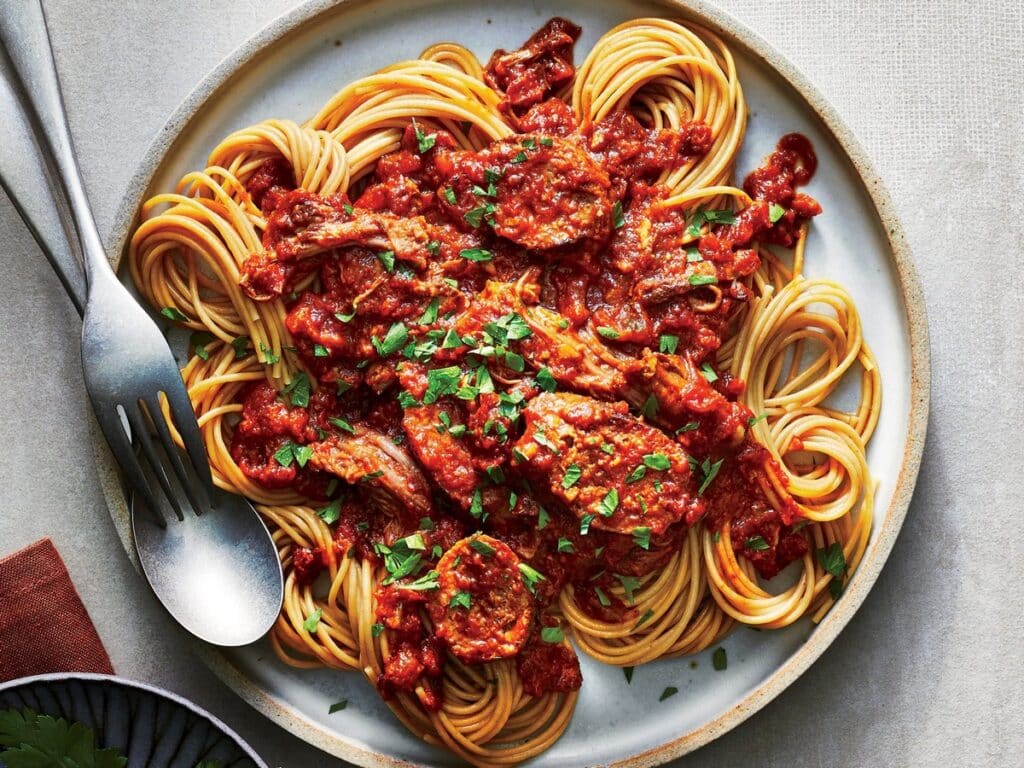
Italy is known for its amazing food, and pasta is one of the most popular. Arabs brought pasta to Sicily, although theirs tasted sweet. Before the 17th century, it was only available to rich people. But past the 17th century, cheaper options became widespread, making them accessible to everyone. The invention of the pasta-making machine contributed to its spread. However, it was only in the 19th century that Italians started using tomatoes in their pasta, the source of its distinct sour taste. Before that, they did not use tomatoes because they believed they were satanic due to their red color.
World Famous Artists
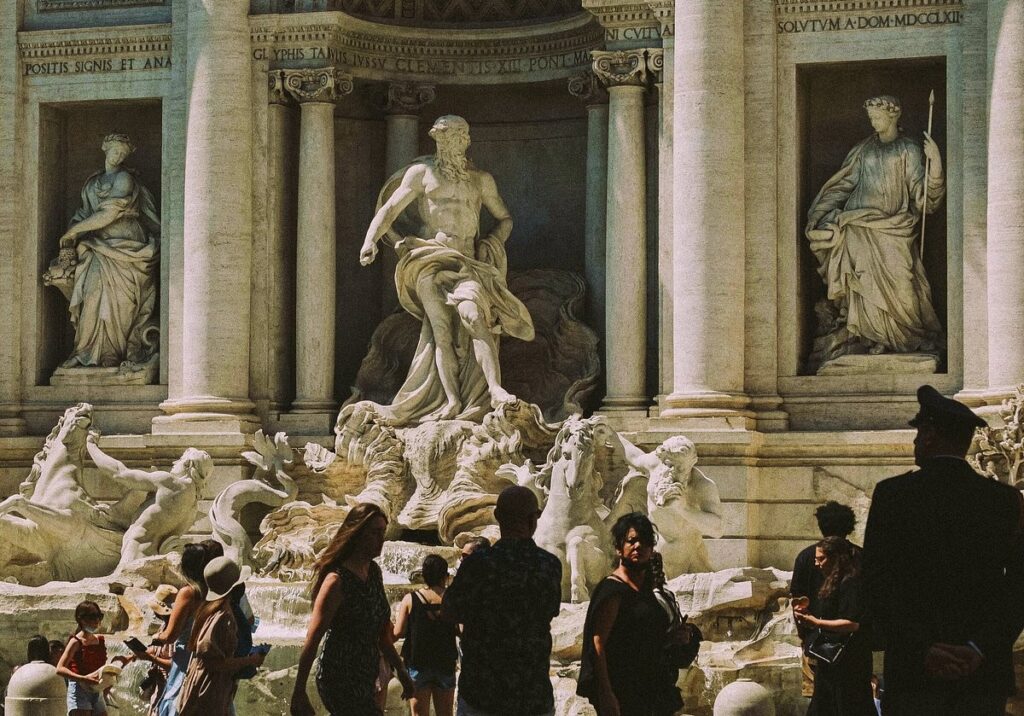
Many Italian artists are still known for their outstanding artworks today, including Leonardo da Vinci. Some of his most famous works are The Last Supper and Mona Lisa. This genius was homeschooled, so he did not receive any formal training. Besides being a painter, he was also a sculptor, scientist, engineer, and polymath. There’s also Michelangelo di Lodovico Buonarroti Simoni, a sculptor, poet, architect, and painter. He was the man behind the Genesis painting on the ceiling of the Sistine Chapel and the sculpture of David. Other known artists are Raffaello Sanzio da Urbino and Sandro Botticelli.
Mouthwatering Pizza
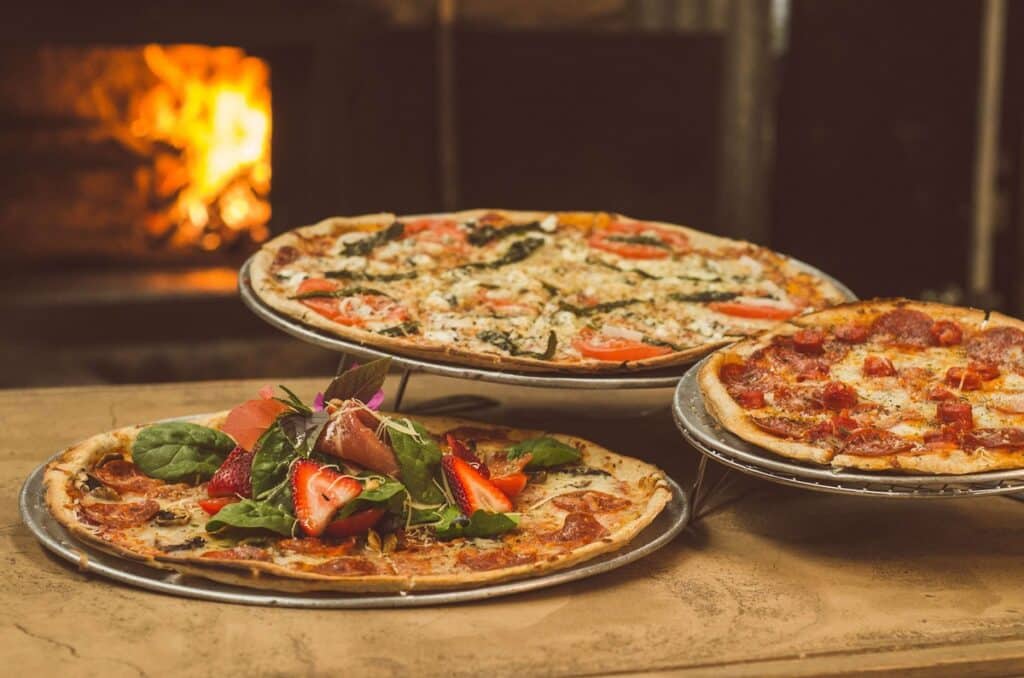
Some say pizza originated from the Greeks, and its name was from the word “pinsa,” which means “flatbread.” The Greeks added toppings to these flatbreads, then brought them to Naples, which used to be a Greek port. In 1738, the Italian restaurant Antica Pizzeria Port’Alba started serving pizza, which became known with the influx of tourists. However, it wasn’t until 1889 that it became widely popular as Raffaele Esposito made a pizza for the Queen Margherita of Savoy, which he called Margherita. It had three ingredients to represent the Italian flag: green basil leaves, white mozzarella, and red tomato sauce.
The Best Wine
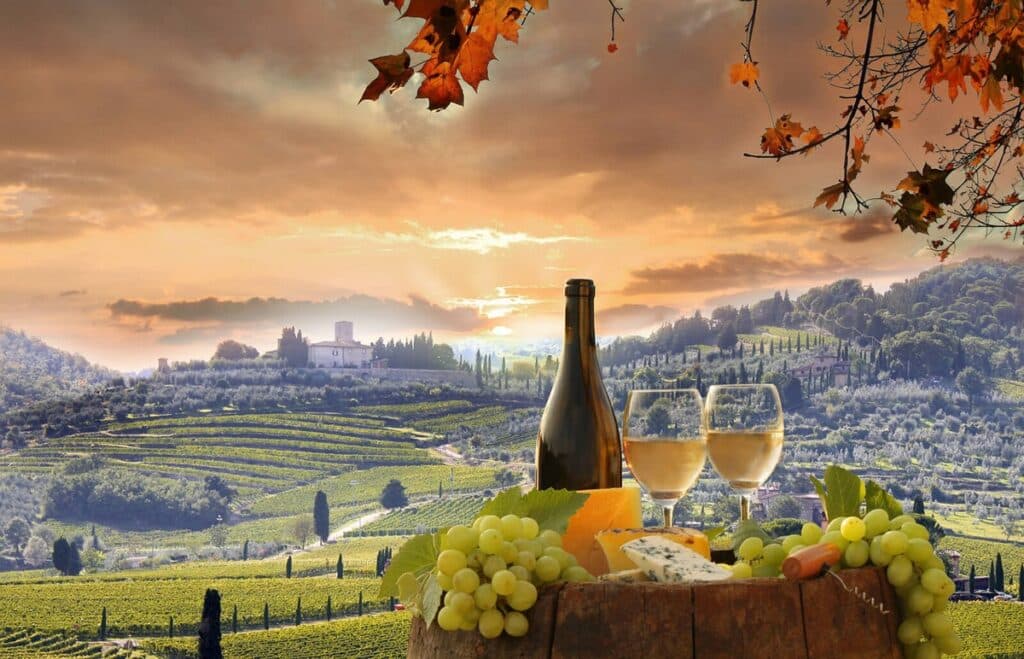
The wine regions of Italy have several vineyards with over 400 grape types used in producing wine. Some of the best are Montepulciano, Trebbiano, and Sangiovese. The country is the largest producer of wine, followed by France. Italy produced 50.3 million hectoliters of wine in 2022. Italians have been making wine for over 4,000 years, and the country’s climate plays a huge role in this as it’s perfect for cultivating wine. Italians take winemaking seriously, so they ensure the quality of their products. Italian pasta and wine are a perfect pair. For instance, red wine is ideal for tomato-based pasta.
Italian Coffee
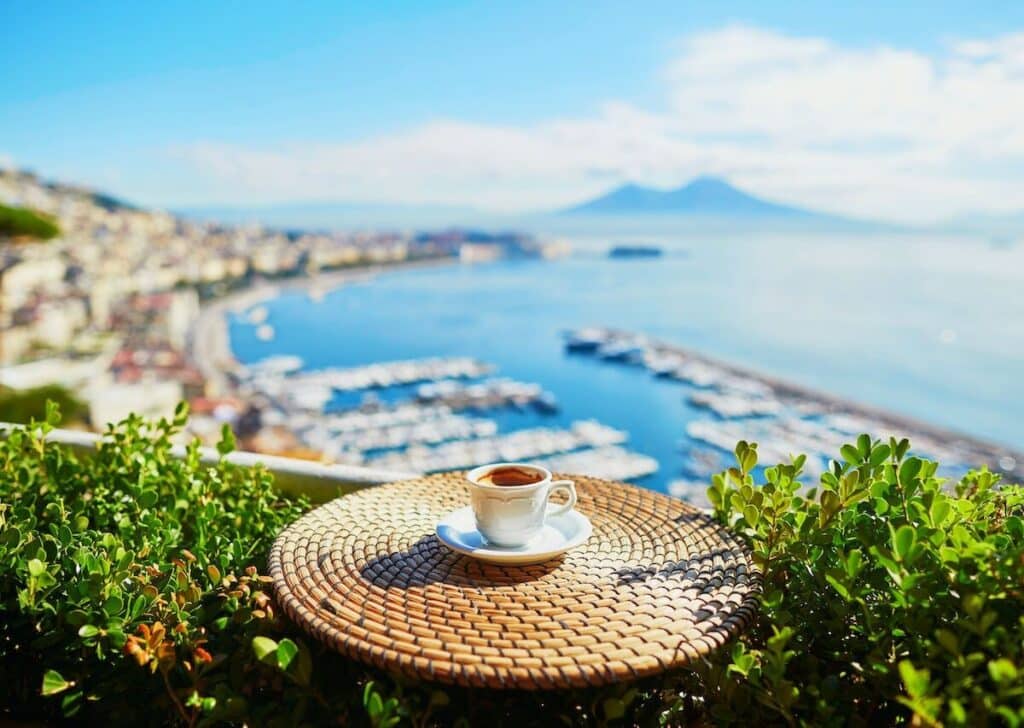
The Ottoman Empire traded coffee beans in Venice. However, in 1600, the pope discouraged its use because of its association with Islam. He asked to taste the coffee to show the verdict was fair, but he liked the taste, thus approving its consumption. In the 17th century, coffee houses were established in Venice. The increase in demand paved the way for developing a quicker way of making it, called espresso. Angelo Moriondo invented the first espresso machine in 1884, aiming to produce more coffee quickly. Further developments were made, leading to the modern and more efficient machines we have today.
Famous Parmesan Cheese
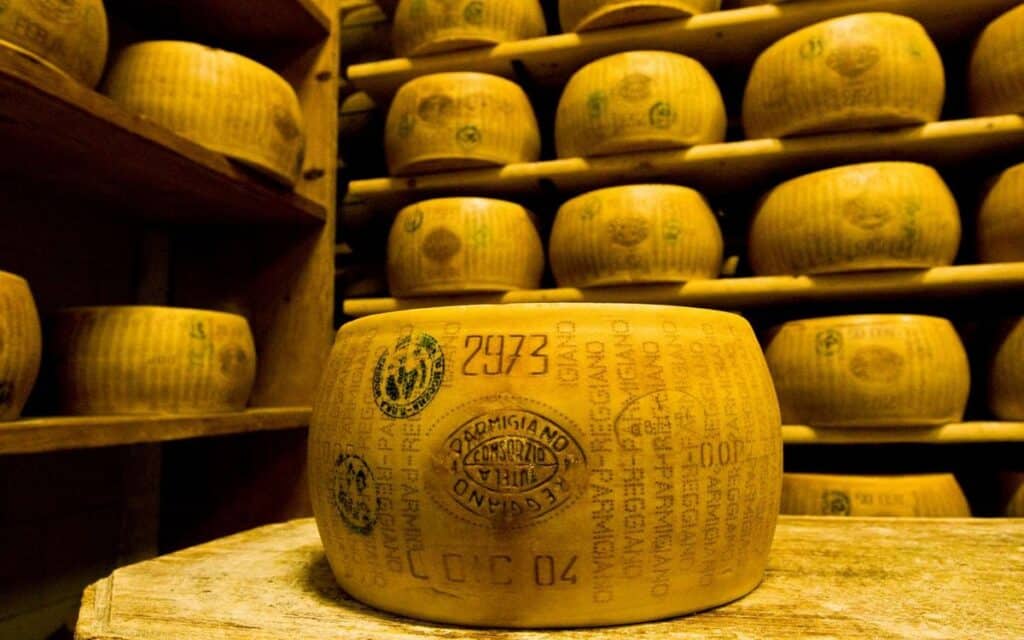
Italy is known for producing a variety of cheese used worldwide, including parmesan cheese or Parmigiano Reggiano, with the first record dating back to 1254. There’s a belief that it all started with the Benedictine monks from the Parma-Reggio region making cheese to extend the shelf life of the milk they produced. They sold it to different parts of Italy, which later reached other European countries. You can eat the cheese alone, although it’s also great for pairing with other food. Fresh parmesan is best with fresh fruits, vegetables, and salads, while aged cheese is better with jams and dried fruits.
Luxurious Sports Cars
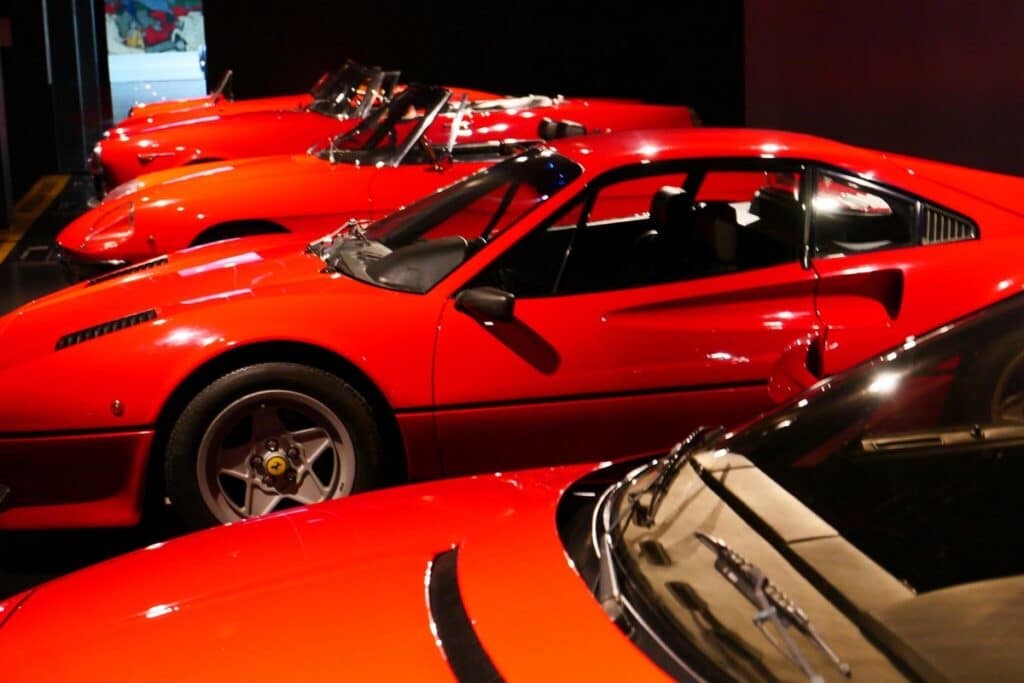
Although Italy has been known for its art and food for thousands of years, it also earned a name in the automotive department for the past century. Italian have a passion for gorgeous and fast cars. The Alfa Romeo Company opened in 1910 and, since then, won racing events, including Formula One. Ferruccio Lamborghini was behind the famous Lamborghini brand. He built an automobile designed for grand touring. But, of course, the list will not be complete without the world-renowned sports car Ferrari. It started as the racing car for Alfa Romeo until they separated ways in the 1930s.
Fashion Houses
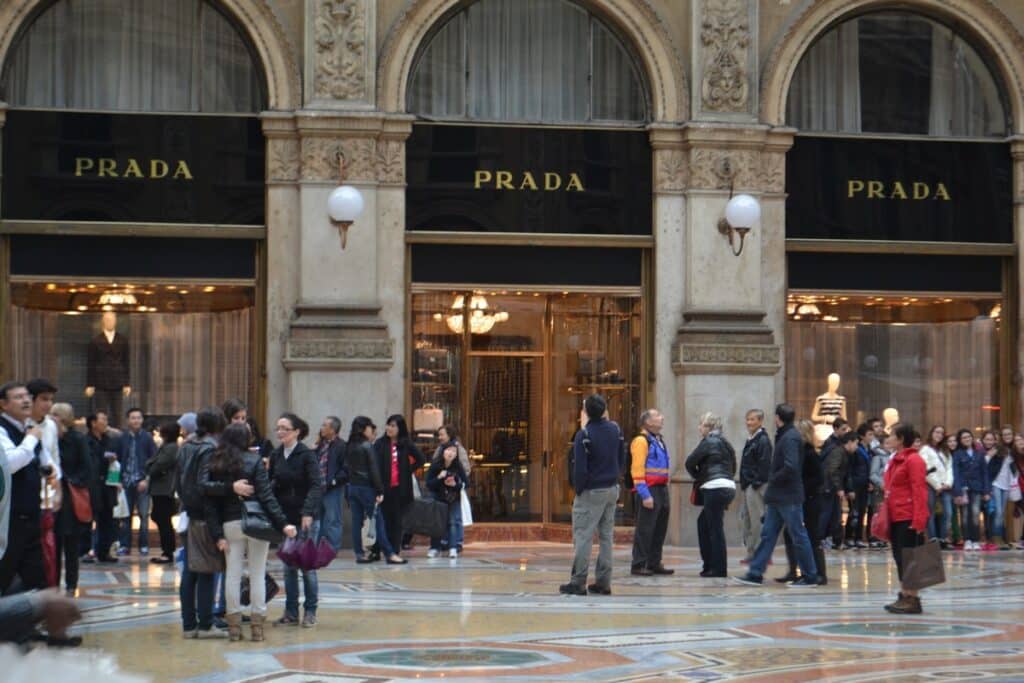
Italy is a haven for fashion enthusiasts as it’s home to several fashion houses, with streets full of stores where you can shop for designer brands. The most exciting fashion events happen here, like Milan Fashion week, which is an exclusive event for the top people in the industry, including the wealthy, celebrities, journalists, and models. However, not everyone can go since it’s only reserved for those invited. Some of the most popular fashion brands proudly made in Italy are Versace, Valentino, Dolce & Gabbana, and Prada. They offer luxury products from clothes to bags.
The Renaissance
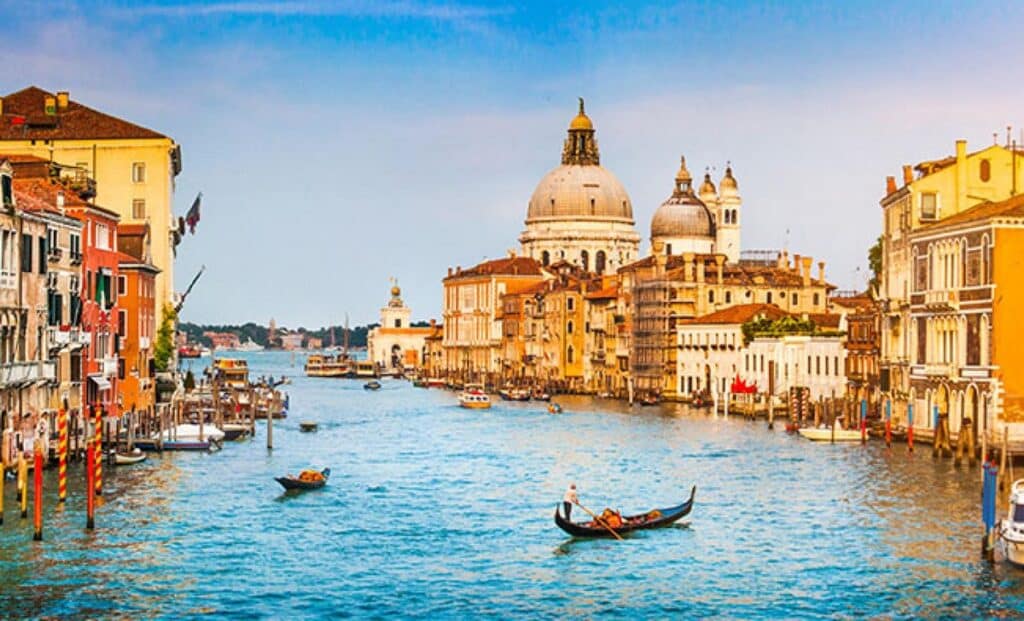
Renaissance is a period that is considered the rebirth of Italy. The fall of ancient Rome in 476 AD was known as the dark ages, as there was pandemic, famine, illiteracy, and war. However, humanism started in the 14th century, a movement that promoted education, science, literature, and arts, which was also the start of the Renaissance. This period was when Italy regained its prosperity, and works by famous people were made, including William Shakespeare’s Romeo and Juliet and Raphael’s The School of Athens.
Refreshing Gelato
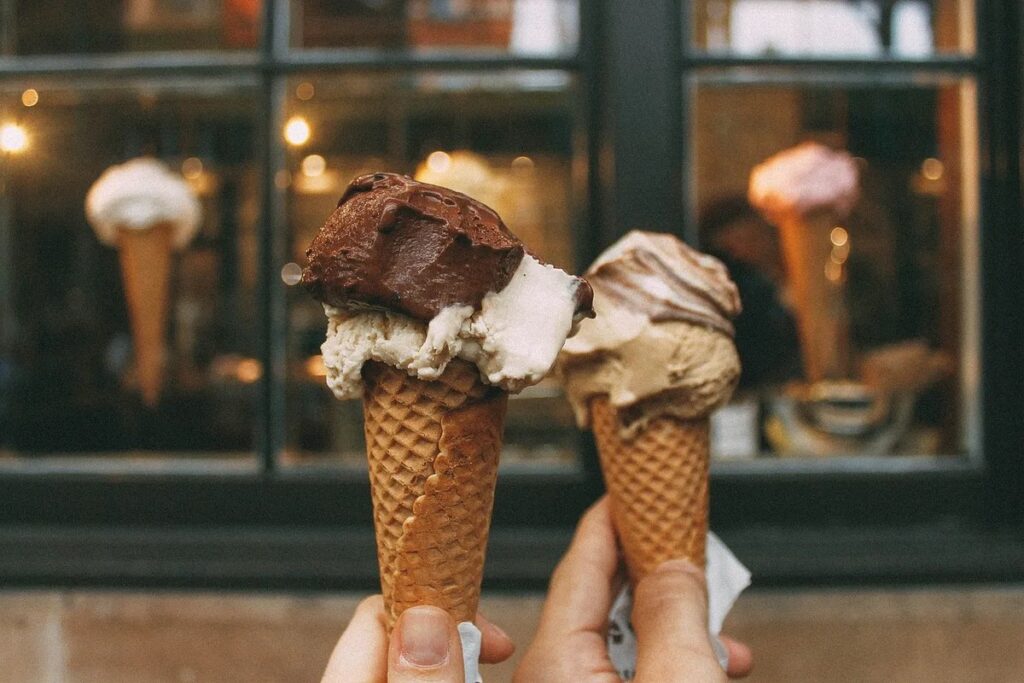
Gelato is an Italian frozen treat that dates back to the 16th century. It’s like ice cream, but there’s a difference. Gelato uses lesser butterfat, although it has more sugar. It’s also denser and served at a higher temperature than the ice cream counterpart. Shops selling authentic gelato don’t use ice cream scoops but a paddle or spade. So, that’s one way to tell if you’re getting the real thing. Some top flavors are lemon, pistachio, fig, and chocolate hazelnut. There’s an event called the International Gelato World Cup where chefs, gelato makers, and ice sculptors compete to make the best gelato.
Close Family Ties

La famiglia, or the family, is the most important thing for Italians. It’s a huge part of their culture. They have close family ties, so it’s not uncommon to see extended families living in the same house, like grandparents, cousins, uncles, and aunts. Although some may not live in the same home, they still live close to each other. Italians love spending time with their family. They often get together on Sundays and various occasions, like birthdays, to eat together and catch up. Therefore, it’s not difficult to find kid-friendly places.
Stunning Lakes
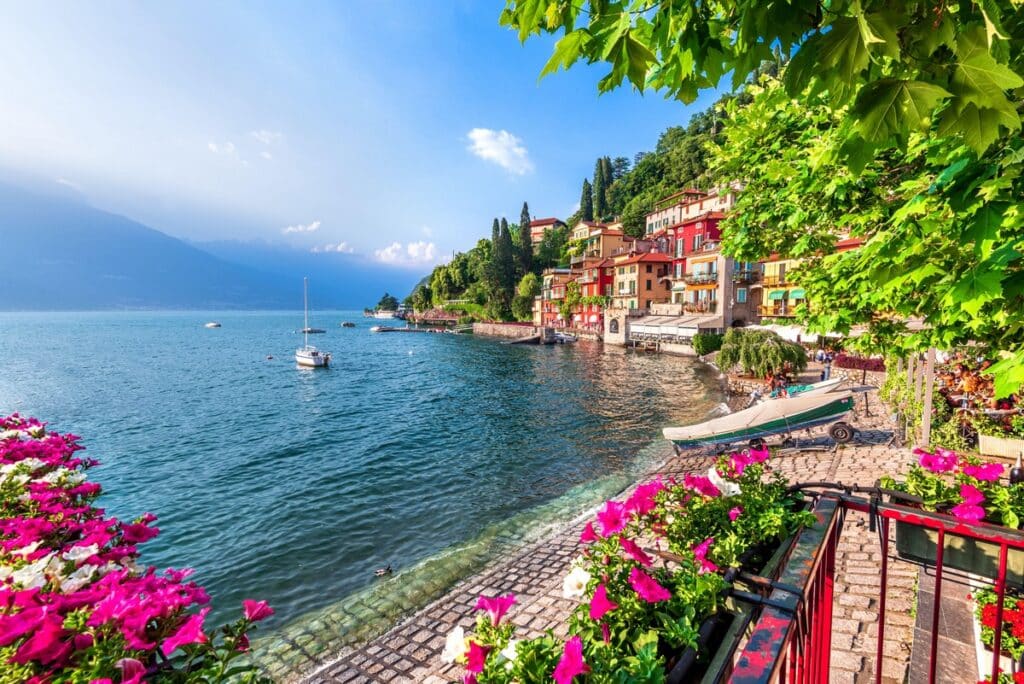
Italy is blessed with over 1,500 stunning lakes, which offer majestic views and a chance to enjoy various water activities, like water skiing, kayaking, fishing, sailing, and swimming. Lake Como is one of them, and it’s a popular tourist destination with its picture-perfect beauty. Celebrities even purchased their villas here, including Sylvester Stallone, Madonna, and George Clooney. Lake Garda is the ideal destination for those seeking an adventure. It’s surrounded by mountains with various trails ranging from easy to difficult. There are also beaches nearby, making it an excellent spot for water enthusiasts.
The Leaning Tower of Pisa
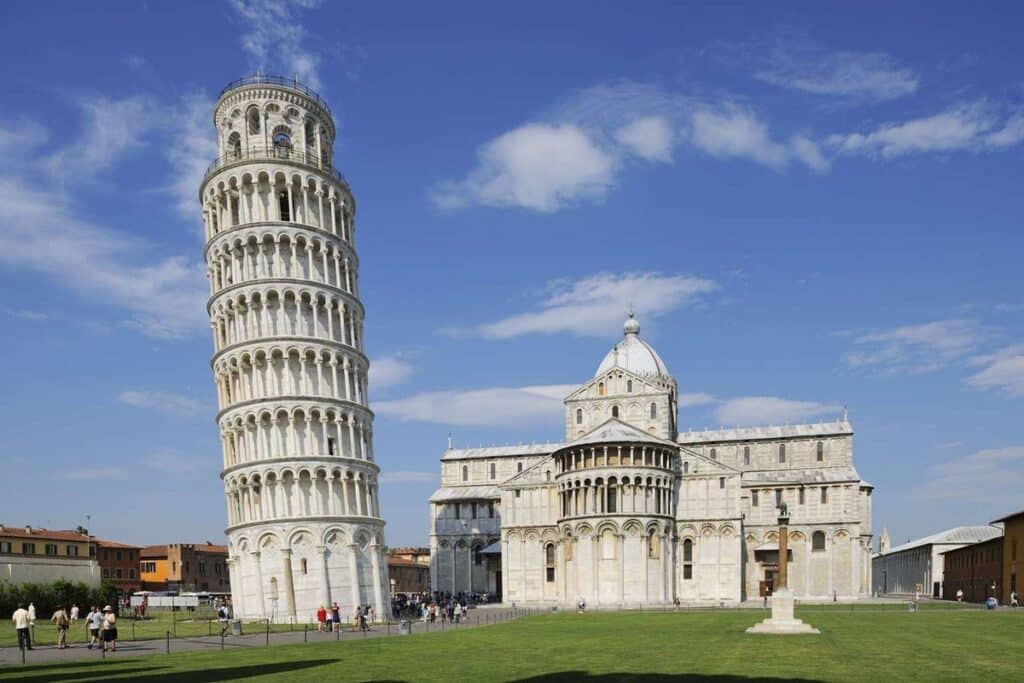
The Leaning Tower of Pisa is an iconic Italian landmark that attracts millions of tourists worldwide. As the term suggests, it’s famous for its unique structure, leaning at around 10 degrees. The 60-meter building was planned to be vertical, although it leaned during construction. It’s one of the buildings that complete the Campo dei Miracoli or Piazza dei Miracoli, a cathedral complex. Its construction began in 1773 and took over 200 years to finish because of wars. Steel braces were used to add stability and keep it from plunging.
Charming Hill Towns
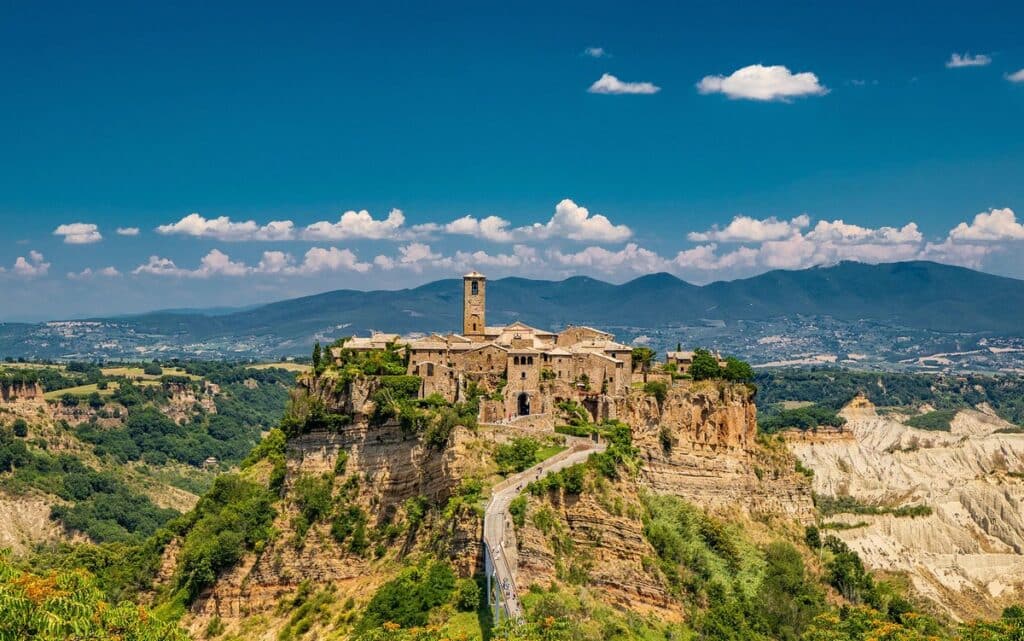
There are many cities in Italy where you can experience the best entertainment and the glitz and the glam. But it also has laid-back and charming hill towns recommended for those looking for a more relaxed and peaceful ambiance. The countryside has astounding landscapes and medieval structures that witness their rich history. Civita di Bagnoregio may be hard to reach, but it’s an excellent destination if you want something off the beaten path. Then there’s Urbino, a gorgeous and romantic town named a UNESCO World Heritage Site.
Lively Piazzas
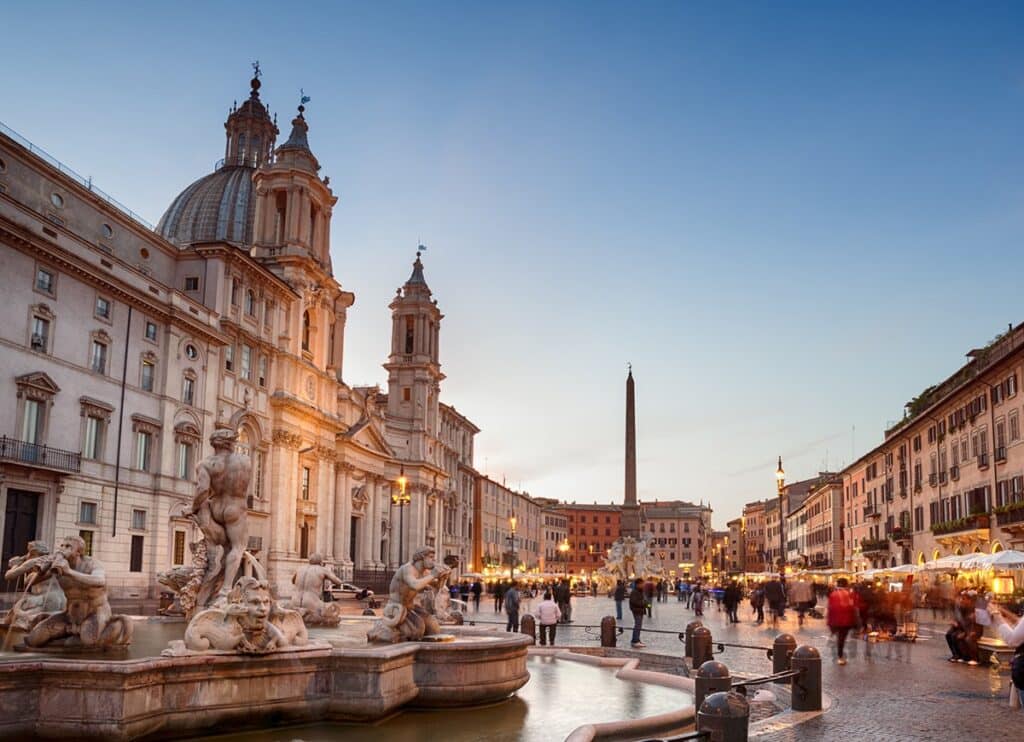
Piazzas are squares that serve as a marketplace and location for events. Every town or city has a piazza that is popular to both locals and visitors. So, hanging out in these piazzas is a great way to observe people. Piazza San Marco in Venice, also known as St. Mark’s Square, is famous. Venetians gather here, and it’s also where you’ll see St. Mark’s Basilica, which stands in its splendor. In addition, you’ll find The Doge’s Palace with its brilliant architecture. Other famous piazzas are Piazza della Signoria in Florence and Piazza del Campo in Siena.
